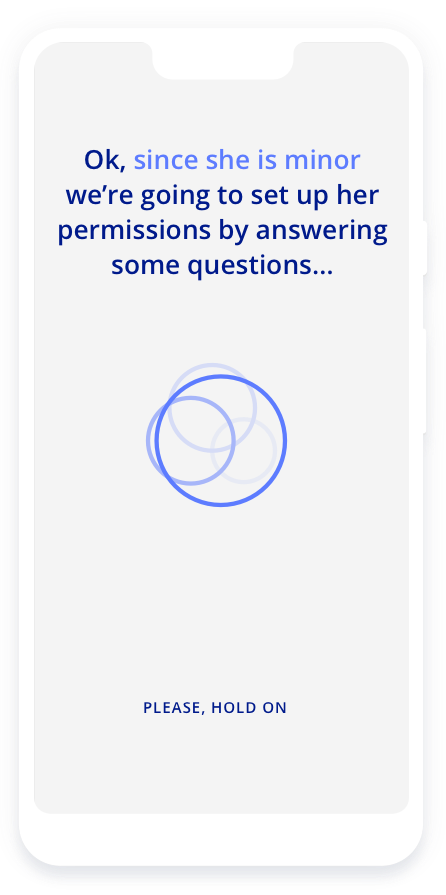How might we...
...Adapt people’s data use and privacy settings to fit the specific context in which a given voice-based interface will operate?
Because they often operate in group settings, understanding the context behind voice-based & smart home devices is key to provide an appropriate experience to people. This is most relevant when dealing with people’s personal information and privacy preferences. The level of sensitivity people attribute to personal information depends both on how and where it will be used or shared.
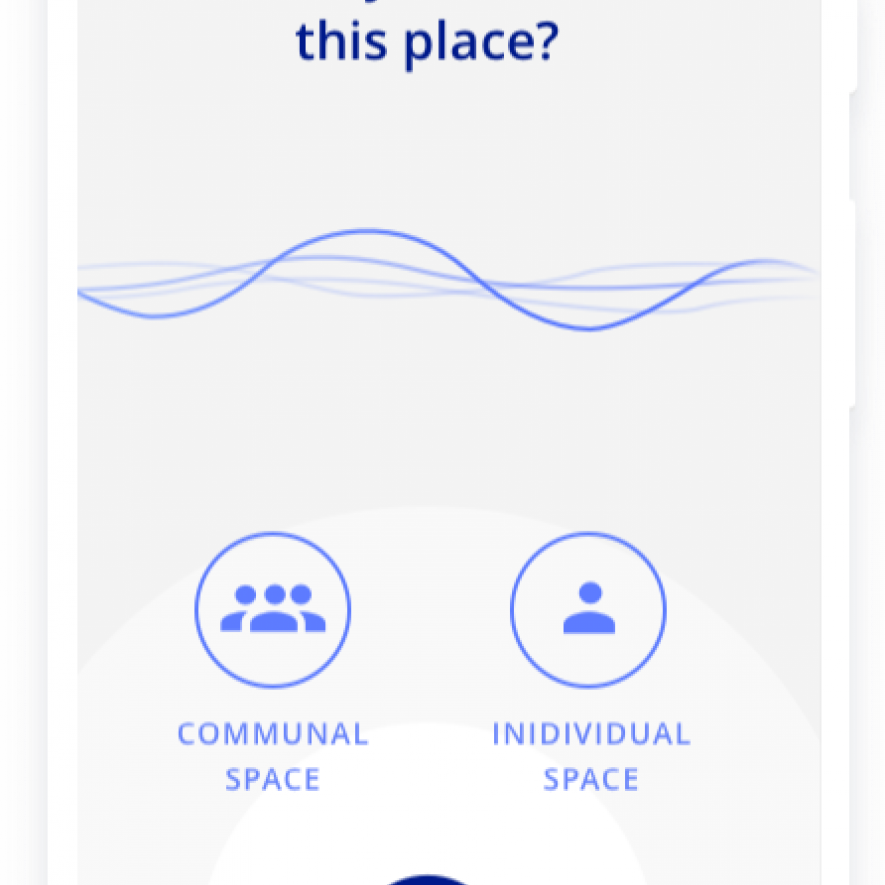
Ditto is a companion app for a connected speaker system that includes a voice assistant used to control music, answer questions, play movies and manages other connected devices. In order to provide this service, Ditto is powered by some of the following data:
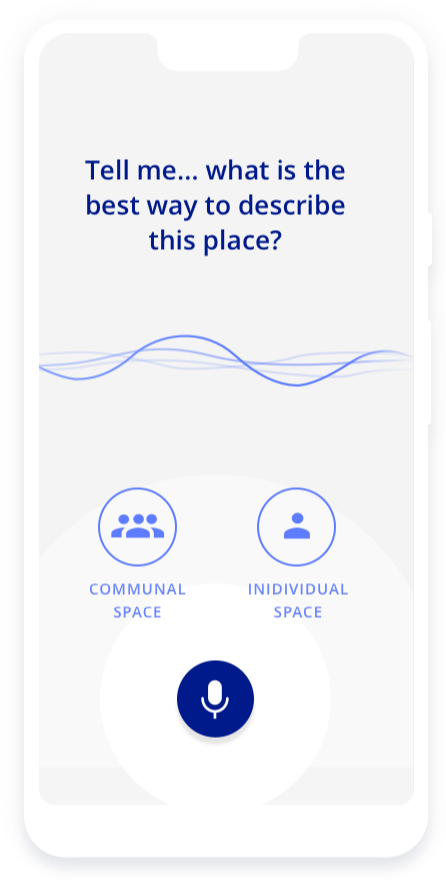
It is key for voice-based interfaces to take into account the context in which they operate. People’s expectations around privacy and data use varies depending on the environment they operate in, what they are expecting of a service and the publicness or privateness of that specific situation. It is important that services increase awareness around data use and data sharing for people so that they feel in control and comfortable.
How might we...
...Adapt people’s data use and privacy settings to fit the specific context in which a given voice-based interface will operate?

Ditto team hacking into prototyping and putting the presentation together
As voice-based interfaces are often used in both private and communal spaces, Ditto prompts people to gauge the environment it is operating in. Getting this knowledge during the first moments of experiencing the service helps to determine the best way to deal with people’s personal information and behavioural data, strengthening the relationship with people and providing a thoughtful, appropriate experience.

Once the setting has been identified, thoughtful interactions better allow people to control their data. For example, Ditto prompts people to use a real name or nickname, which they may change their mind about if the space is communal. In addition to bringing a level of comfort, these dialogues help raise awareness around what information is about to be shared with any given system, other devices or a community.
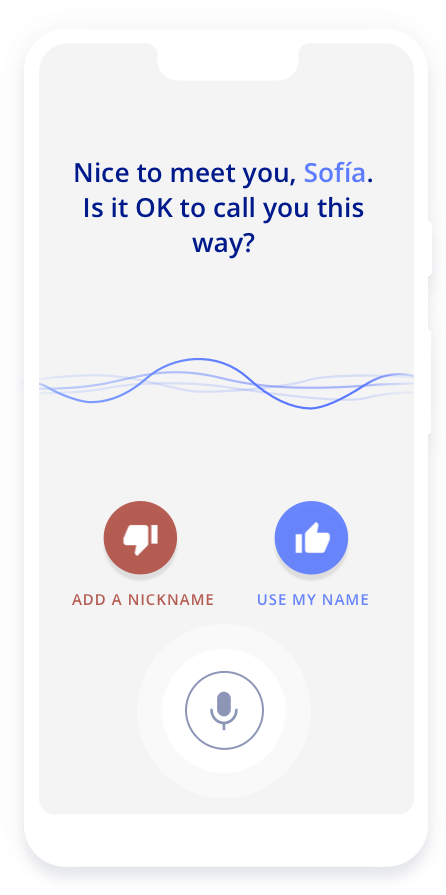
Unlike phone-based or computer apps, smart devices are often used in group settings. For many services, providing age-appropriate features and content to their audiences is not only a legal requirement but is key to provide a safe and enjoyable experience to both parents and young people.
Ditto lets parents declare whether they have young people living in their households and sets preferences for them. Taking advantage of the specificity of voice-based technology, Ditto offers to record a small sample of a young person’s voice to adapt in-app experiences based on preferences previously set by their parents. Parents can decide to give access to specific interactions and content depending on their children's’ age, offering granularity of control while keeping the experience seamless.
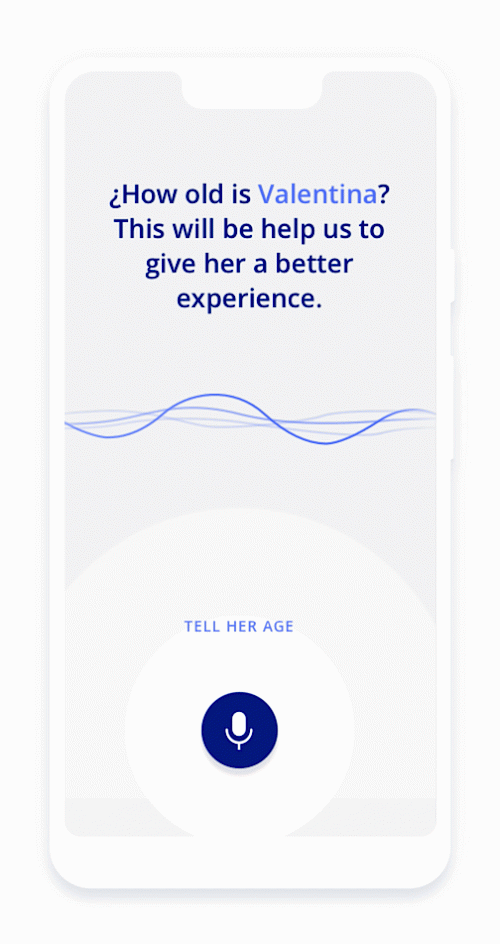
How might we build on Ditto's ideas to...
